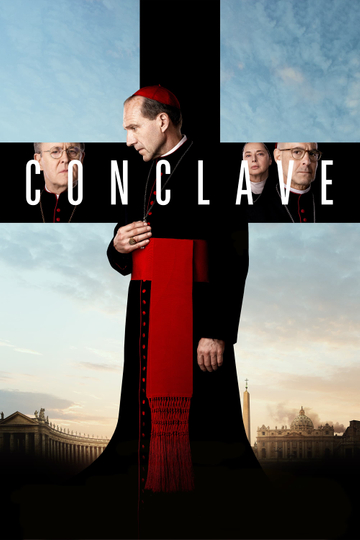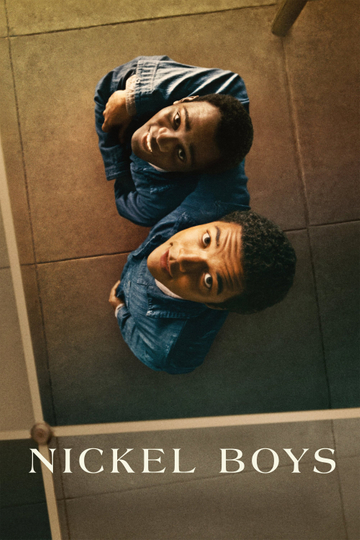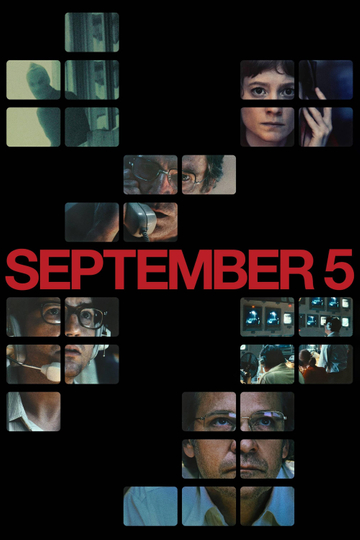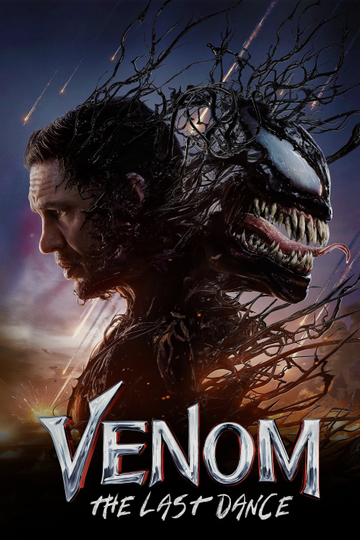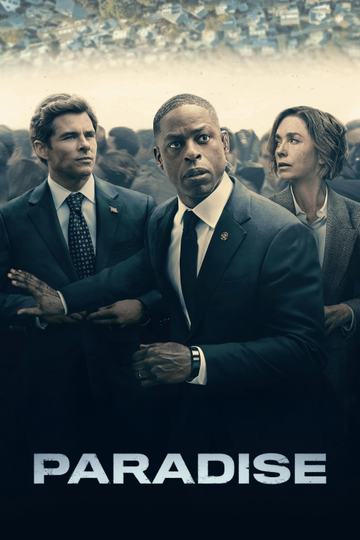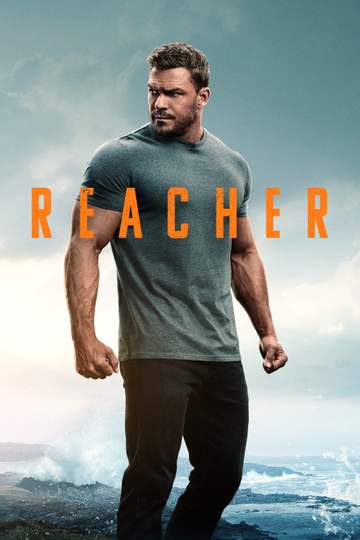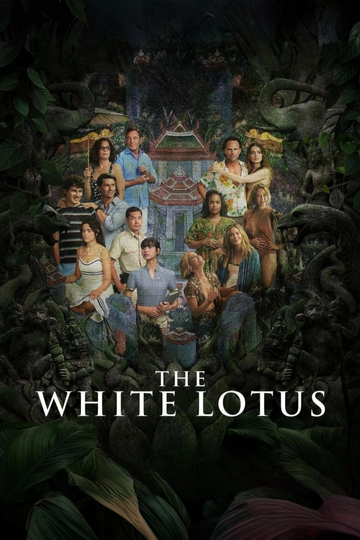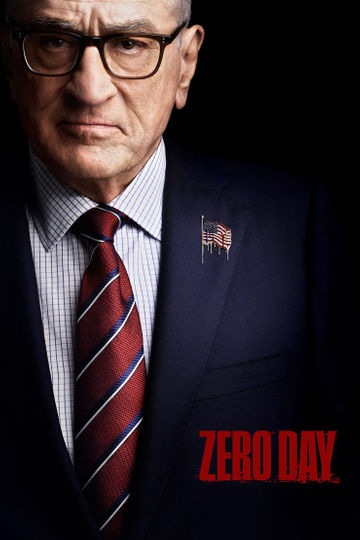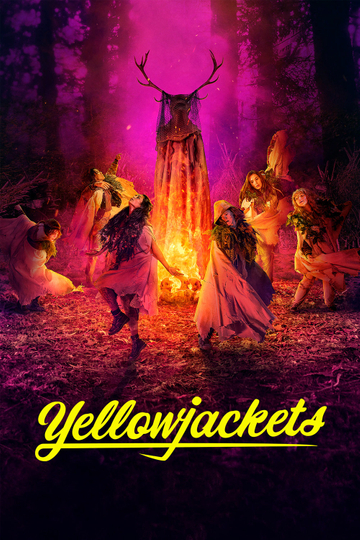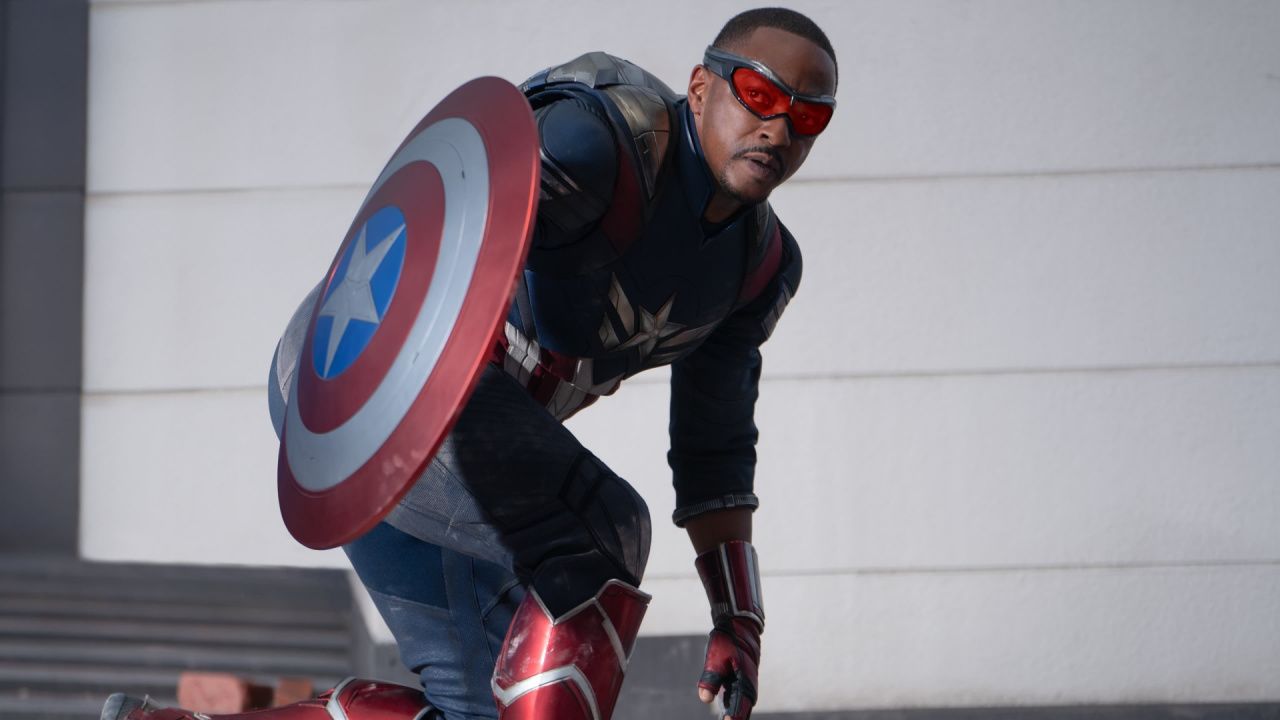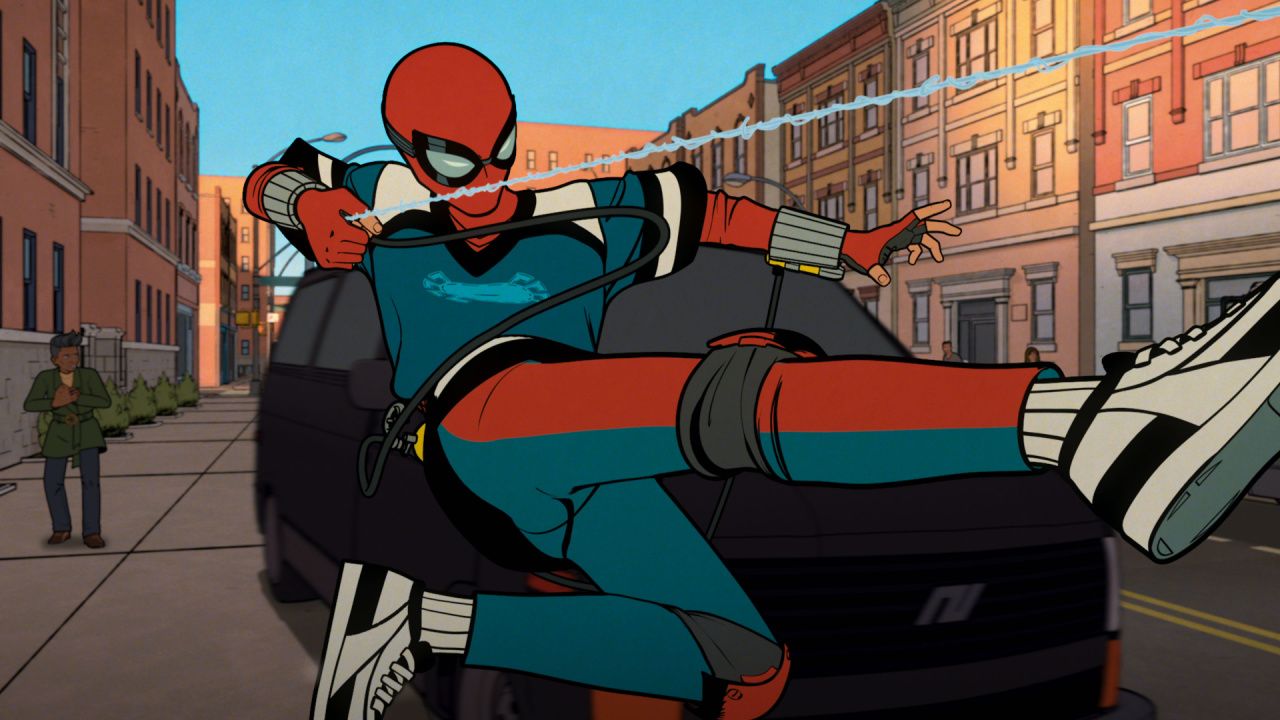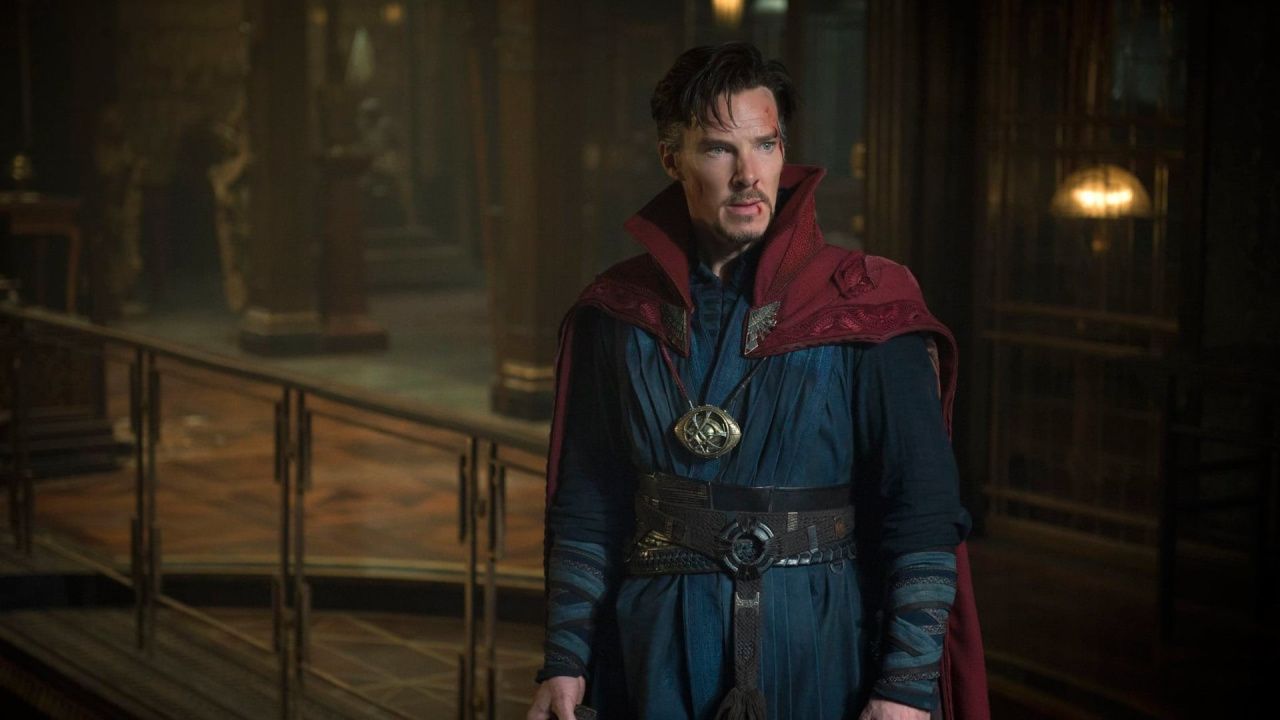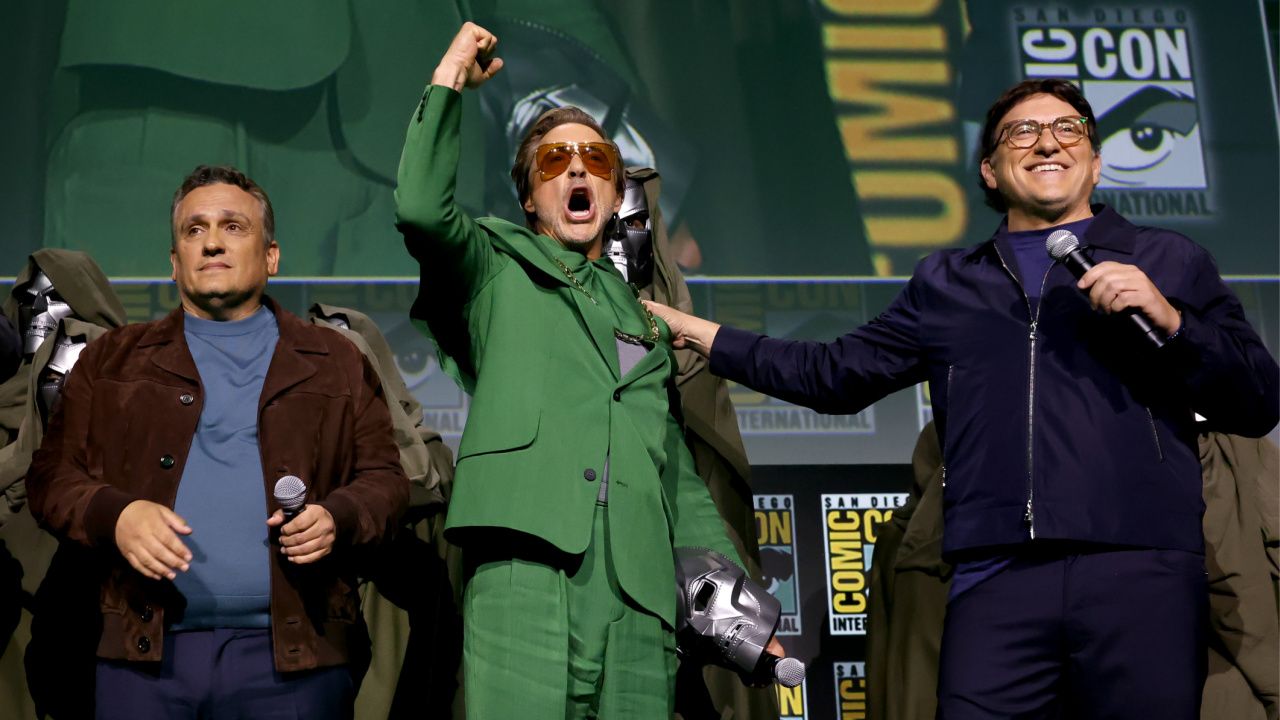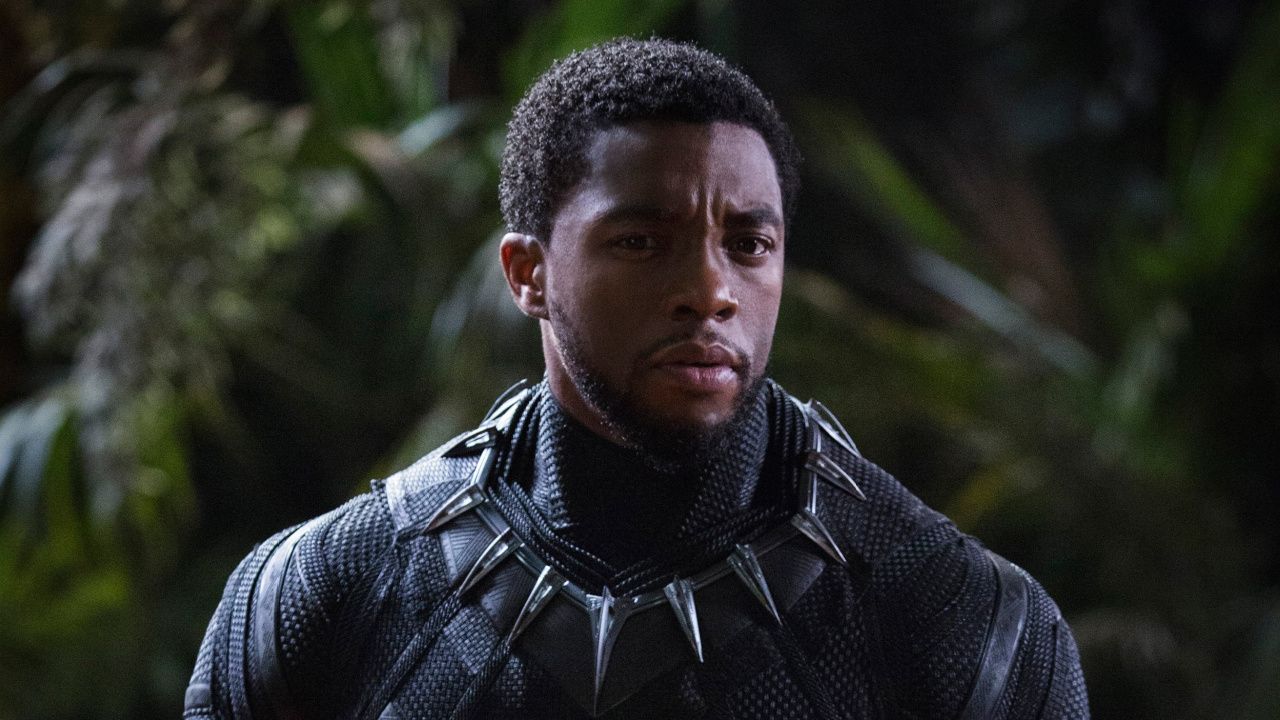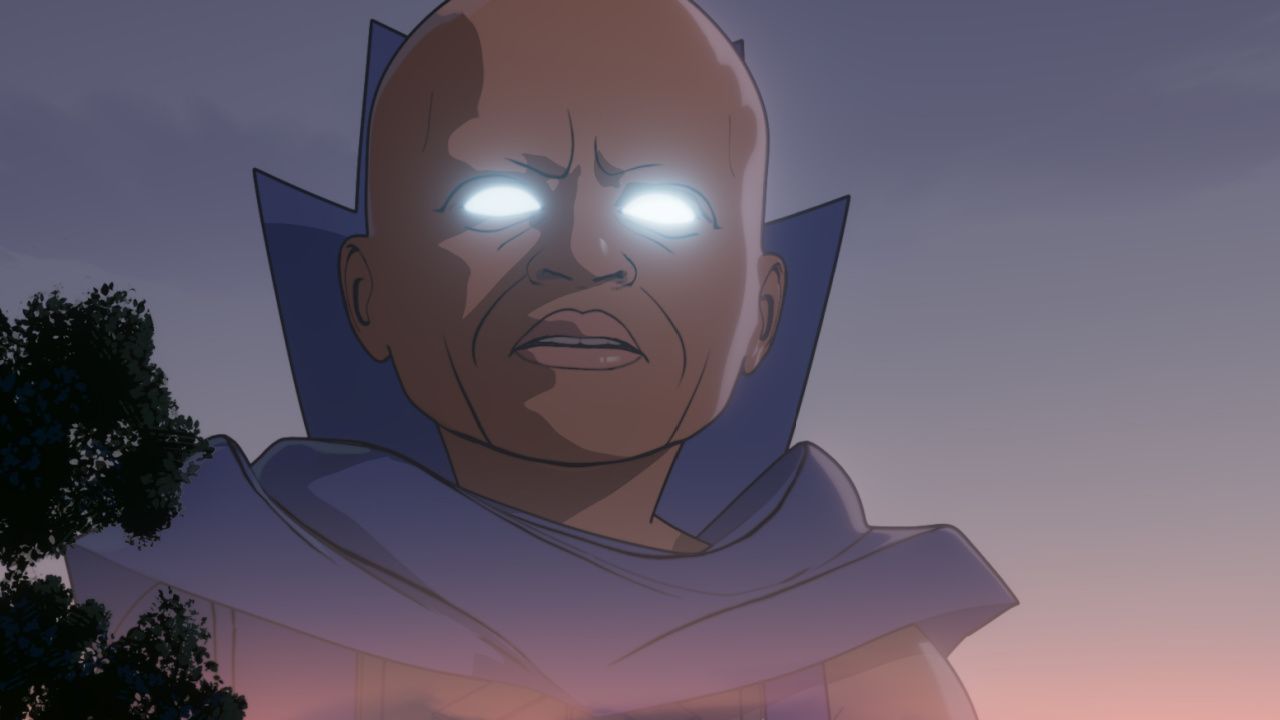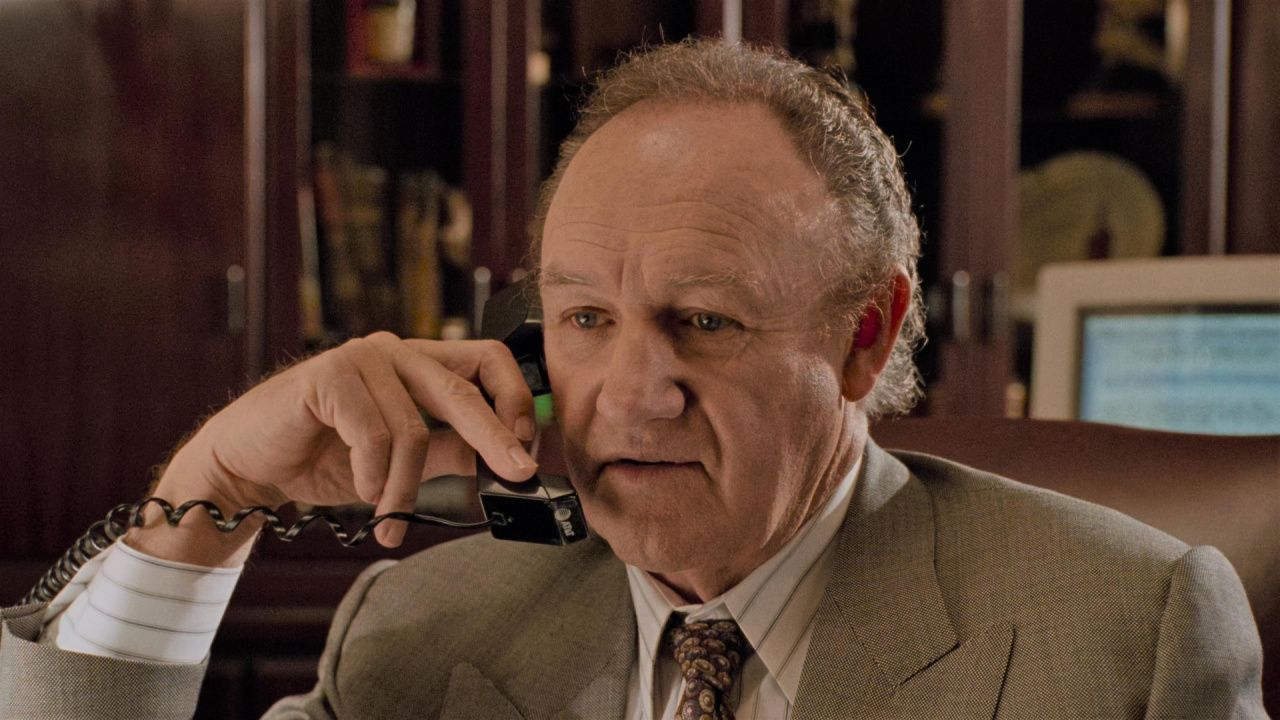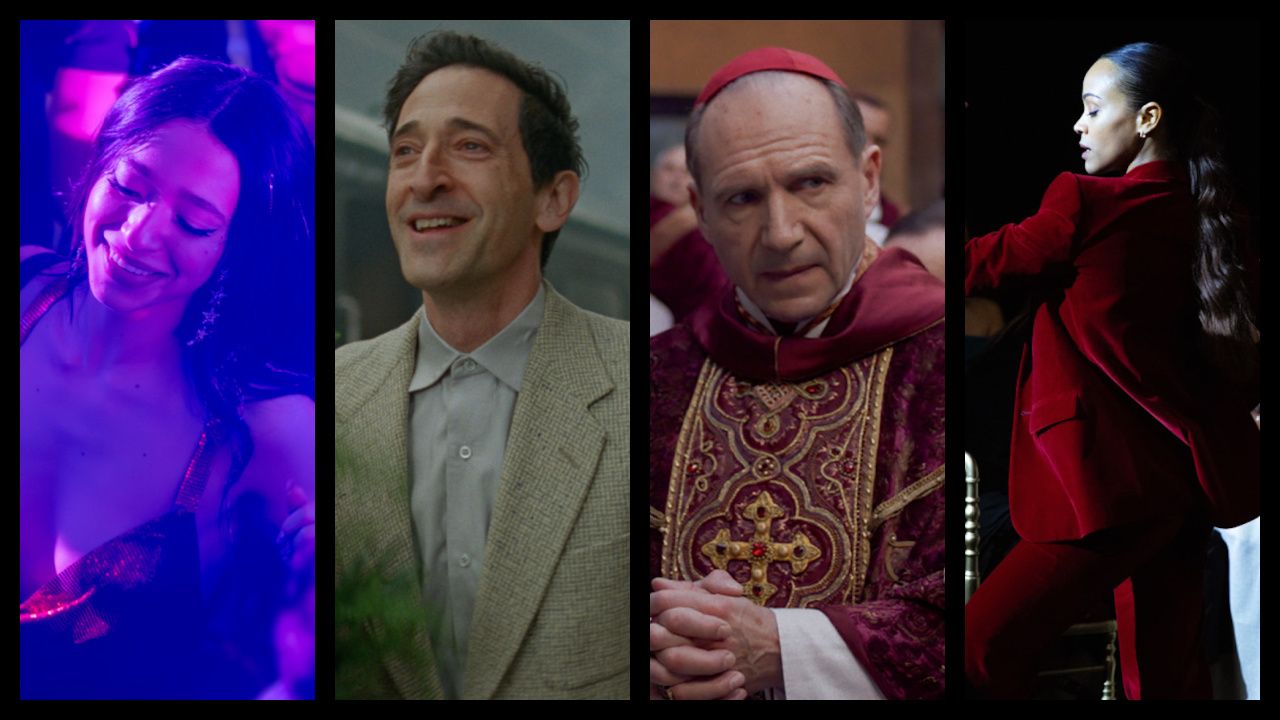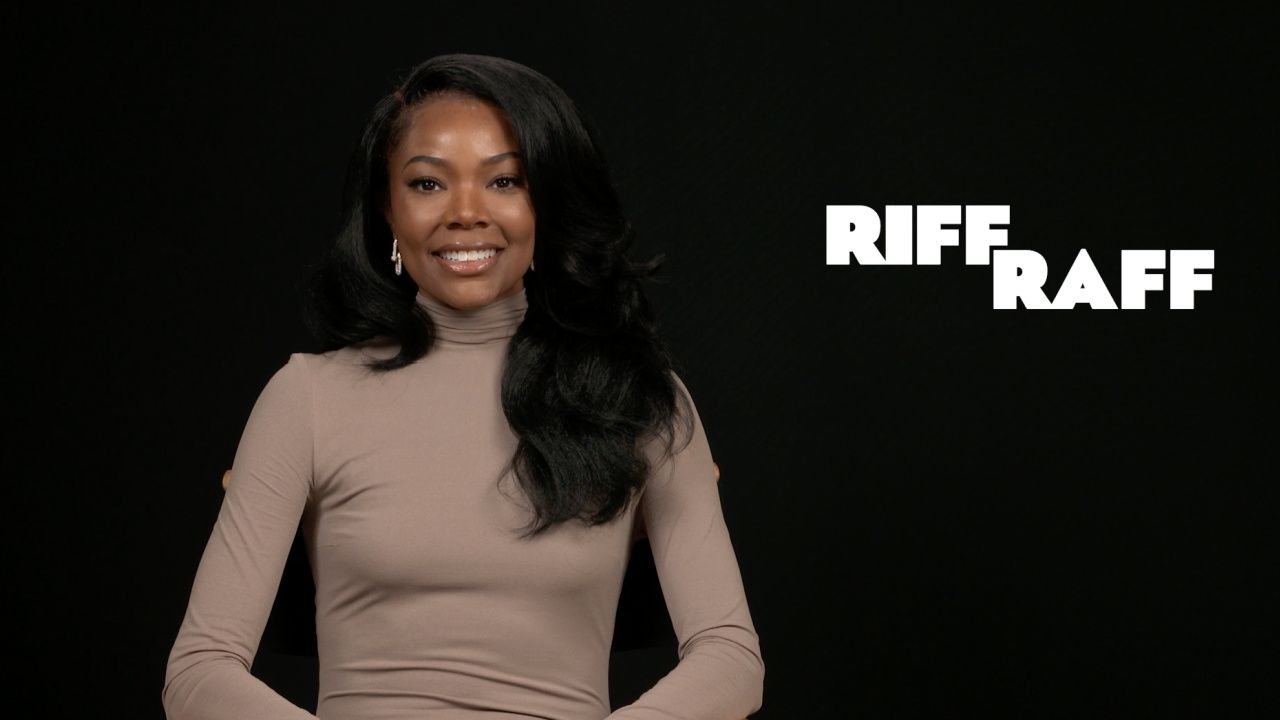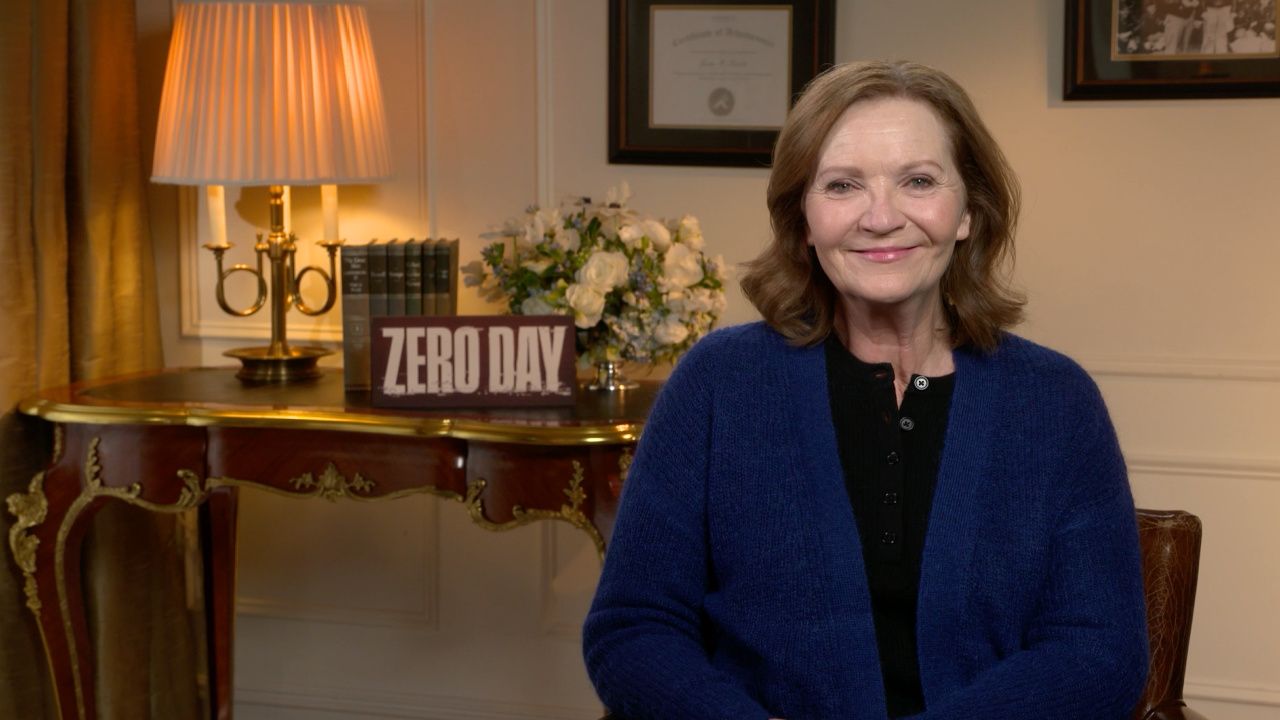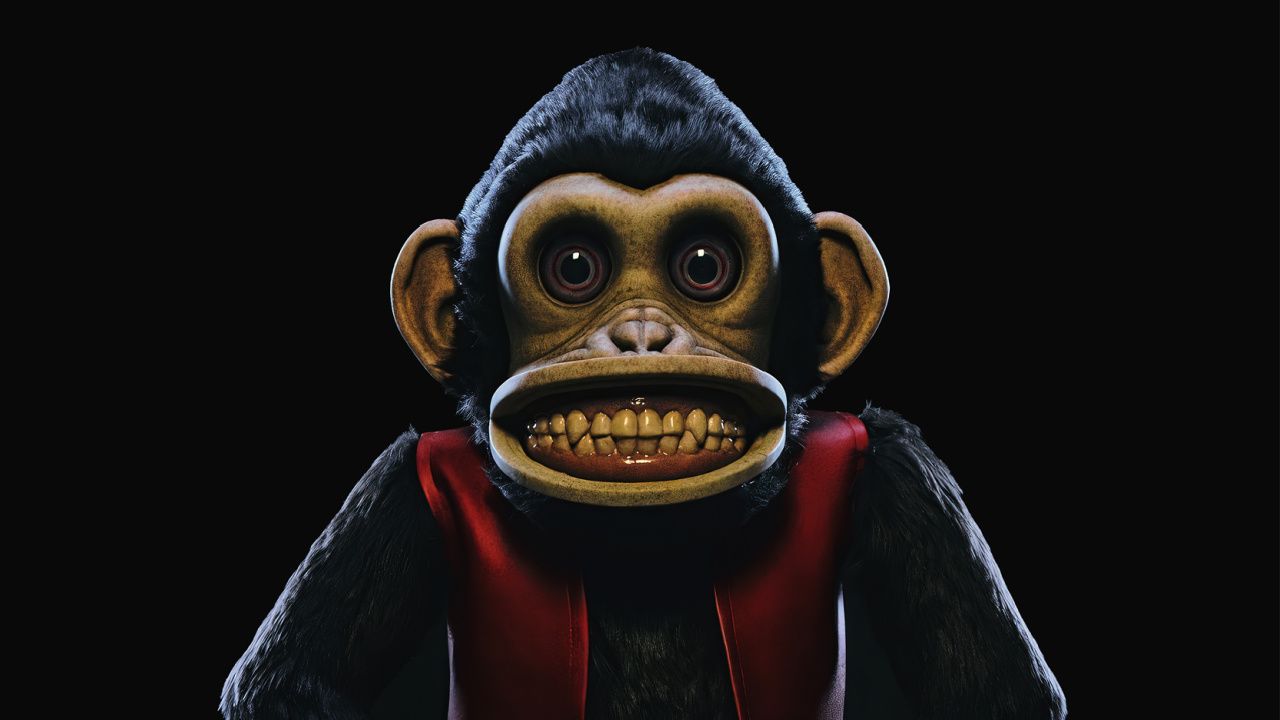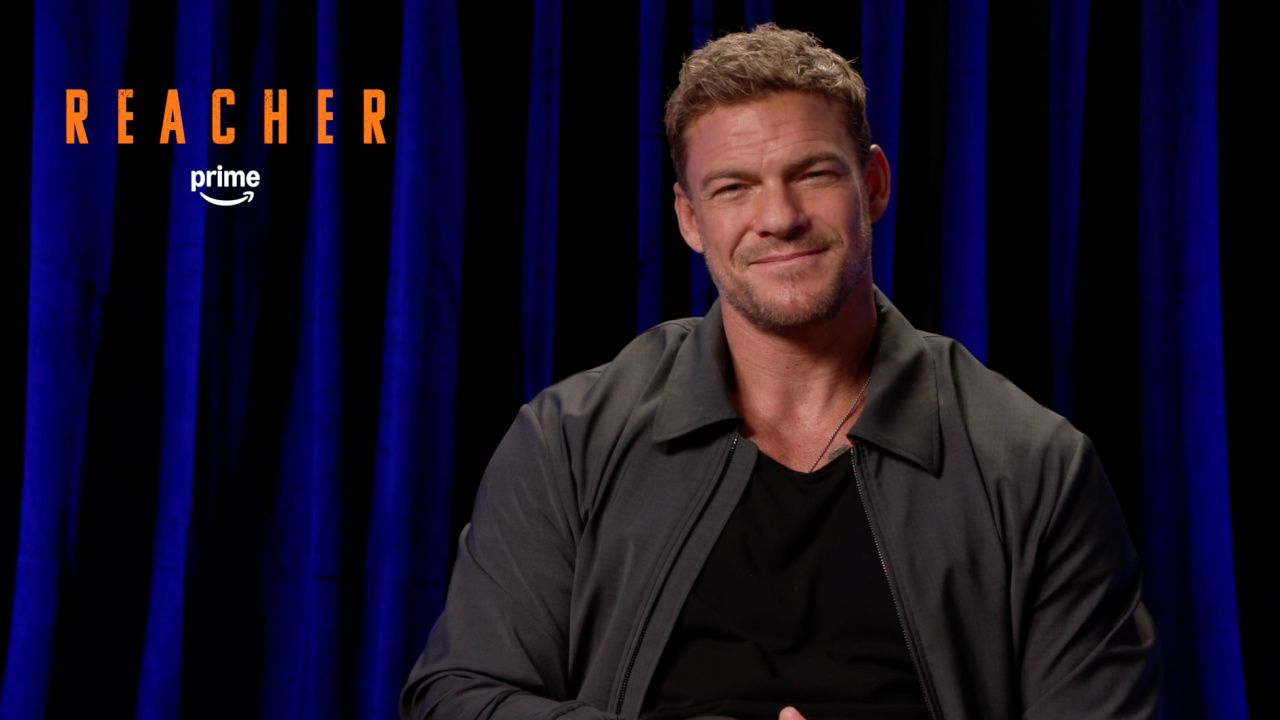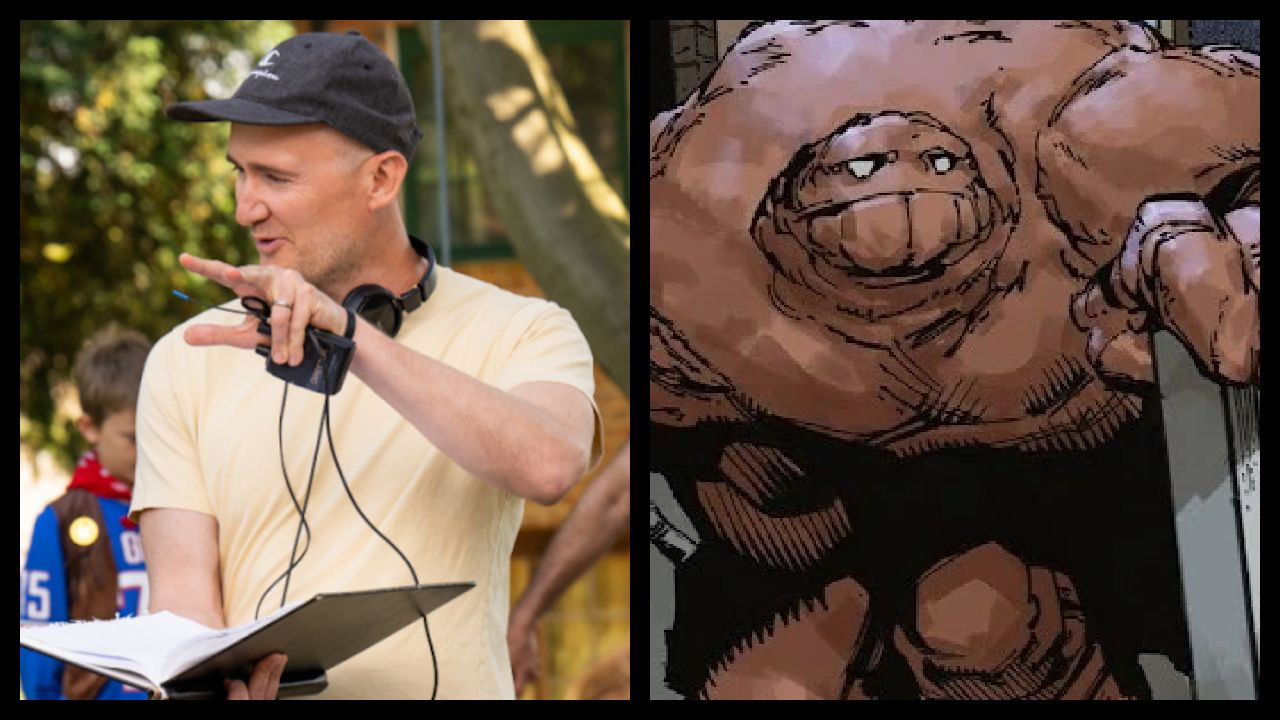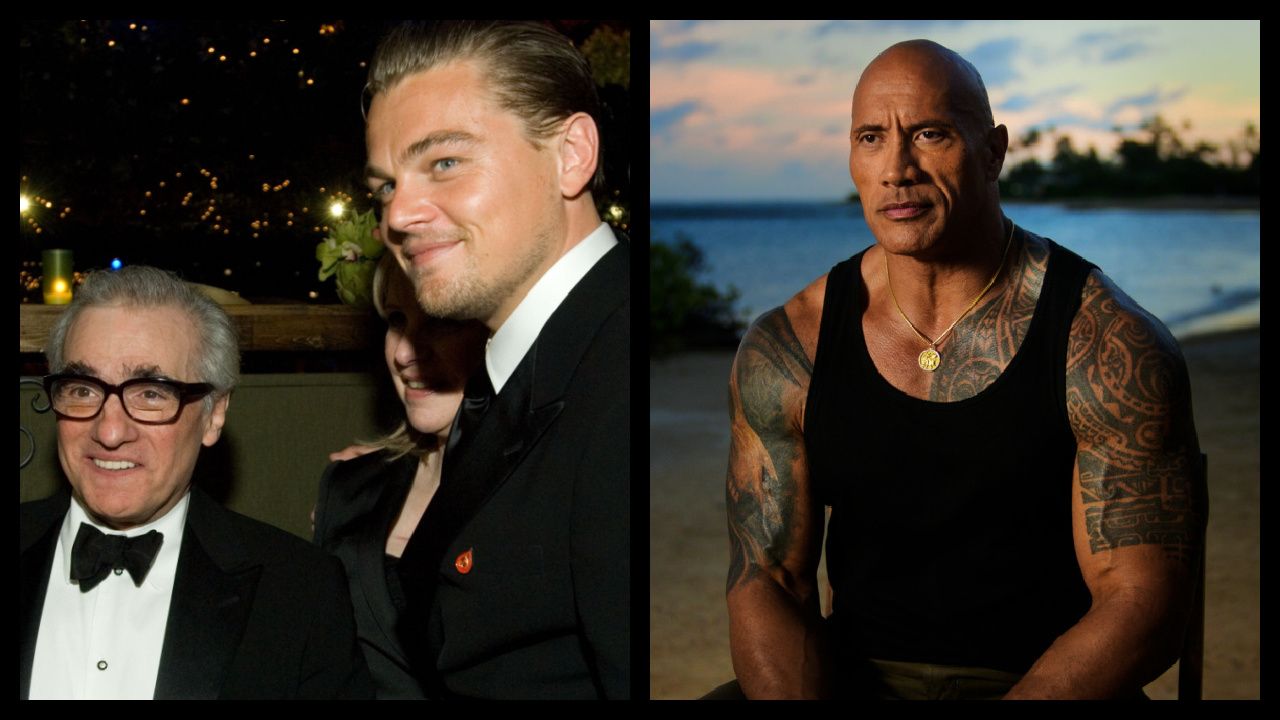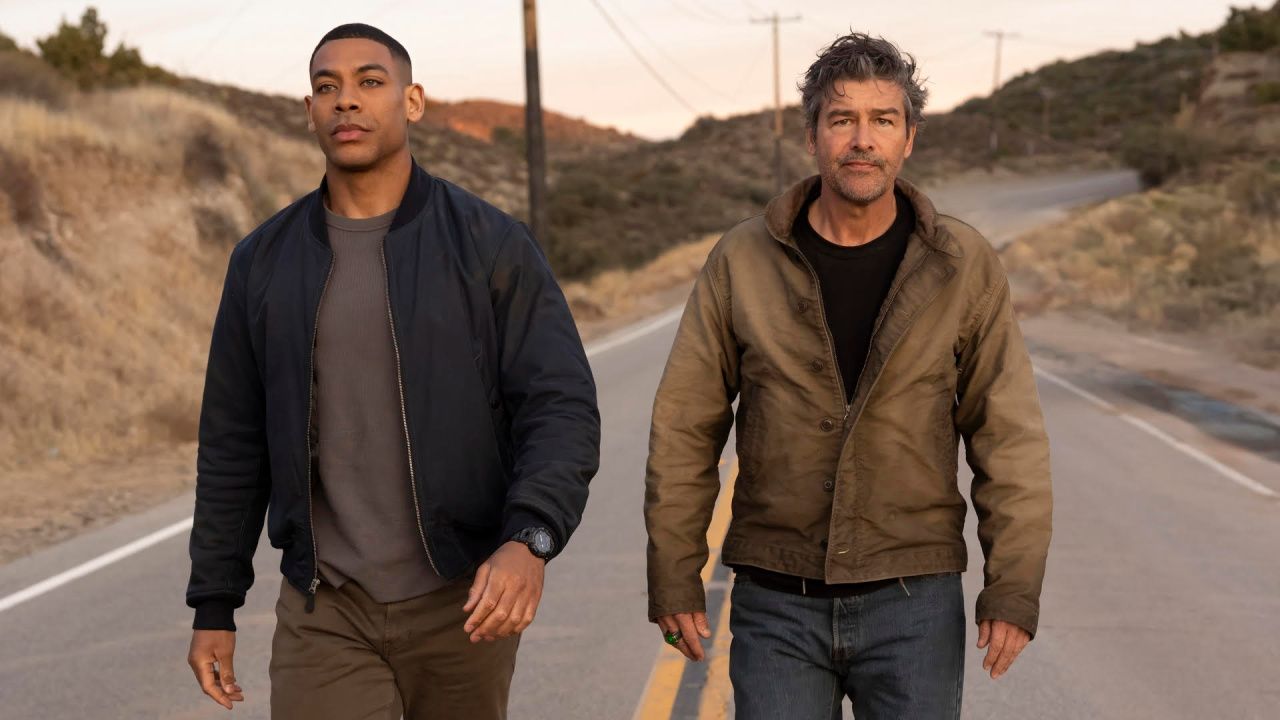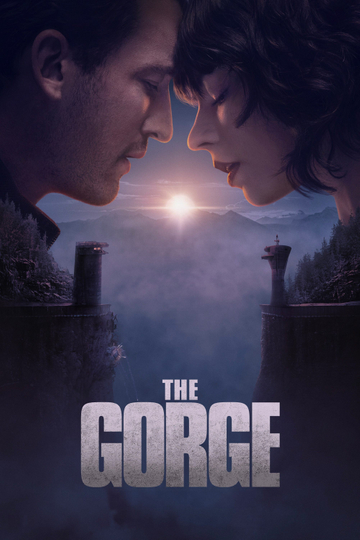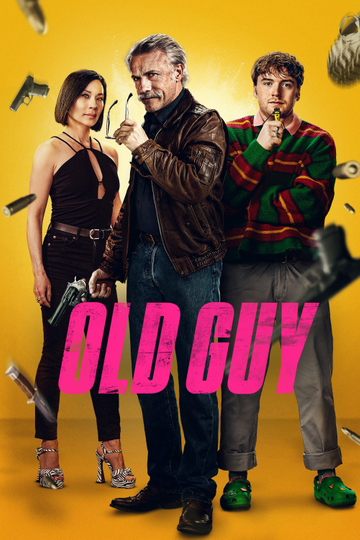Here's How 'Marvel's Inhumans' Went From TV Show to IMAX Event
"This is the show when I was growing up that I wished was on TV," muses Marvel Television head, onetime comic book writer and longtime comics reader Marvel's Inhumans," the latest TV version of one of the company's longest-running group of characters.
The Royal Family of the Inhumans –- an offshoot of the human race that have been genetically modified to each possess incredible powers eons ago by the advanced alien race known as the Kree -- have been part of the Marvel Universe for over 50 years. They made their collective comic book debut in a 1965 issue of The Fantastic Four, the creative brainchildren of the two most legendary Marvel pillars, writer/editor Stan Lee and artist Jack Kirby.
Always ahead of his time, Kirby in particular did some of his most innovative and imaginative character designs while dreaming up the family: Black Bolt, the Inhumans' leader who can level a mountain with a single whisper; Medusa, who has complete control of her incredibly strong hair; her younger sister Crystal, who can control the four elements; Triton, the green-scaled amphibian; Gorgon, who seismically stomps with powerful hooves for feet; Karnak, the martial artist with the ability to detect flaws in anything; Crystal's colossal, teleporting bulldog Lockjaw; and their recurring adversary, Black Bolt's devious, completely human brother Maximus.
Briefly planned as one of Marvel Studios' blockbuster big-screen outings and set to be released in 2019, the "Inhumans" property was ultimately claimed by Marvel's TV division, developed by writer-producer Iron Fist" to television) and is now set to premiere its eight-episode season on Sept. 29. But "Inhumans" still has a life in movie theaters ahead of it: the first two episodes were shot in the epic IMAX format and will be playing on screens across the country Sept. 1.
While Loeb doesn't necessarily think that the Inhumans were a better fit TV, he says he felt that "it was something that we could tell a compelling story about [on television] because it was a story about a family. We never really approached it as something that was going to be spectacle first and family second... This was an opportunity for us to be able to tell a story about people, even if those people were royals and that lived on the moon and that had a voice that could level a city."
While priding Marvel's TV division for finding ways to keep its super characters grounded and relatable, Loeb leapt at the opportunity to blow the series up big at IMAX's suggestion.
"I've been looking for that television show that really captured the way that what Kirby drew could not be contained within a page of comics. It always felt like the borders were not big enough and that he was always reaching out beyond," he says. "When we partnered with IMAX, the idea of being able to do something that was that big -- that you were going to be able to travel in to space, in to the moon, in to the city -- and be able to meet these people, and to see that kind of scope, that was very exciting to me."
Buck says he enjoyed his learning curve with the characters as he attempted to marry their epic mythology and outsized abilities to recognizable, familial stories. "I was not that familiar with the Inhumans, so once I began to take on this project, I started from the very beginning," he says. "What was fun about them was just that they are such fun characters, and that they are a family. Rather then dealing with one superhero, we're dealing with a whole family within a race of people who all have a gift."
Buck found taking on a clan of powered characters a distinctly different challenge than his experience on the single, powered one-lead "Iron Fist" -- but there was a certain common Marvel quality to both series.
"'Inhumans' is such a much more fantastical show, but at the same time, what was so important about 'Iron Fist' was just as important about this show: Make sure -- as crazy as some of the stuff is -- that all our characters feel real. That their actions are relatable, and genuine, and grounded. That the things they want are things that everyone can relate to. So they can have crazy, wild super powers, but underneath it all -- they're not so different from the rest of us."
"In every good TV show, the protagonist has an internal journey that matches the show's external journey," says Anson Mount, who plays Black Bolt. "He's a leader who's mistaken his need to be calculated and secretive with [emotions]. And he doesn't realize that's a mistake yet. You can't lead people by holding back the emotional part of yourself or any part of yourself, because -- as a king -- your identity is the state."
Serinda Swan said she relished the notion of diving into Medusa's comic book history as she prepared to take on the role.
"I got my assistant, and I'm like, 'Get everything you can! Everything Inhumans and everything Marvel you possibly can!'" she laughs. "She's existed long before I have, and I think it's important that you go back and you take a look. But one of the things that Scott Buck had told us was: 'Please don't tie yourself to what you've read.' Not because we don't want to do it justice, but because we're not showing every single side."
"Normally with television, you have to force yourself to think small; it's going to go on a screen," says Buck. "Especially these days when so many people are watching something on just a small cell phone. Where as this, we were pushing to think big. Not just in terms of image, but in terms of character, of the world we were creating. It was just a fun challenge to go the opposite direction you might normally go for a TV show."
'Marvel's Inhumans' hits IMAX theaters Friday.


